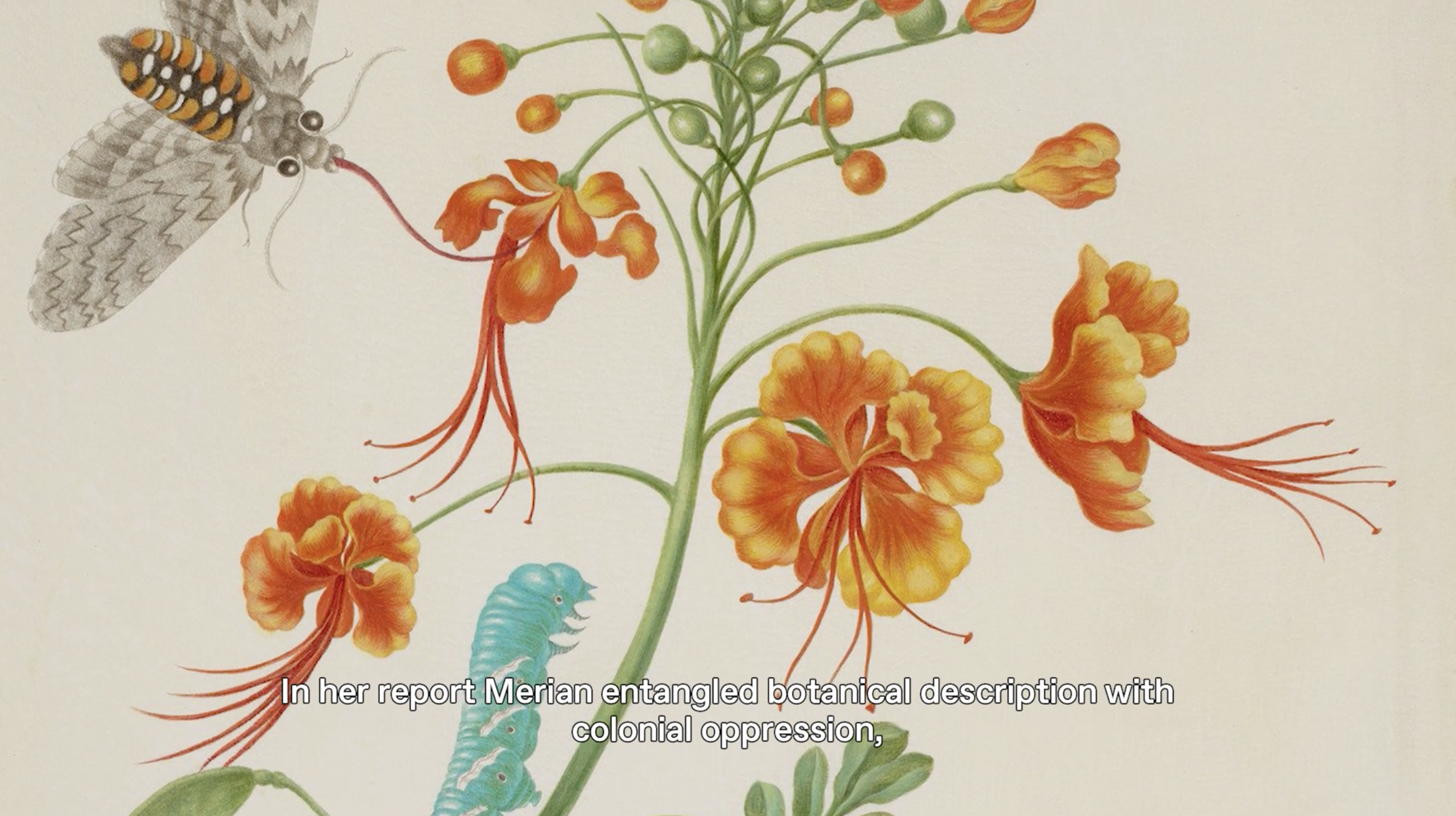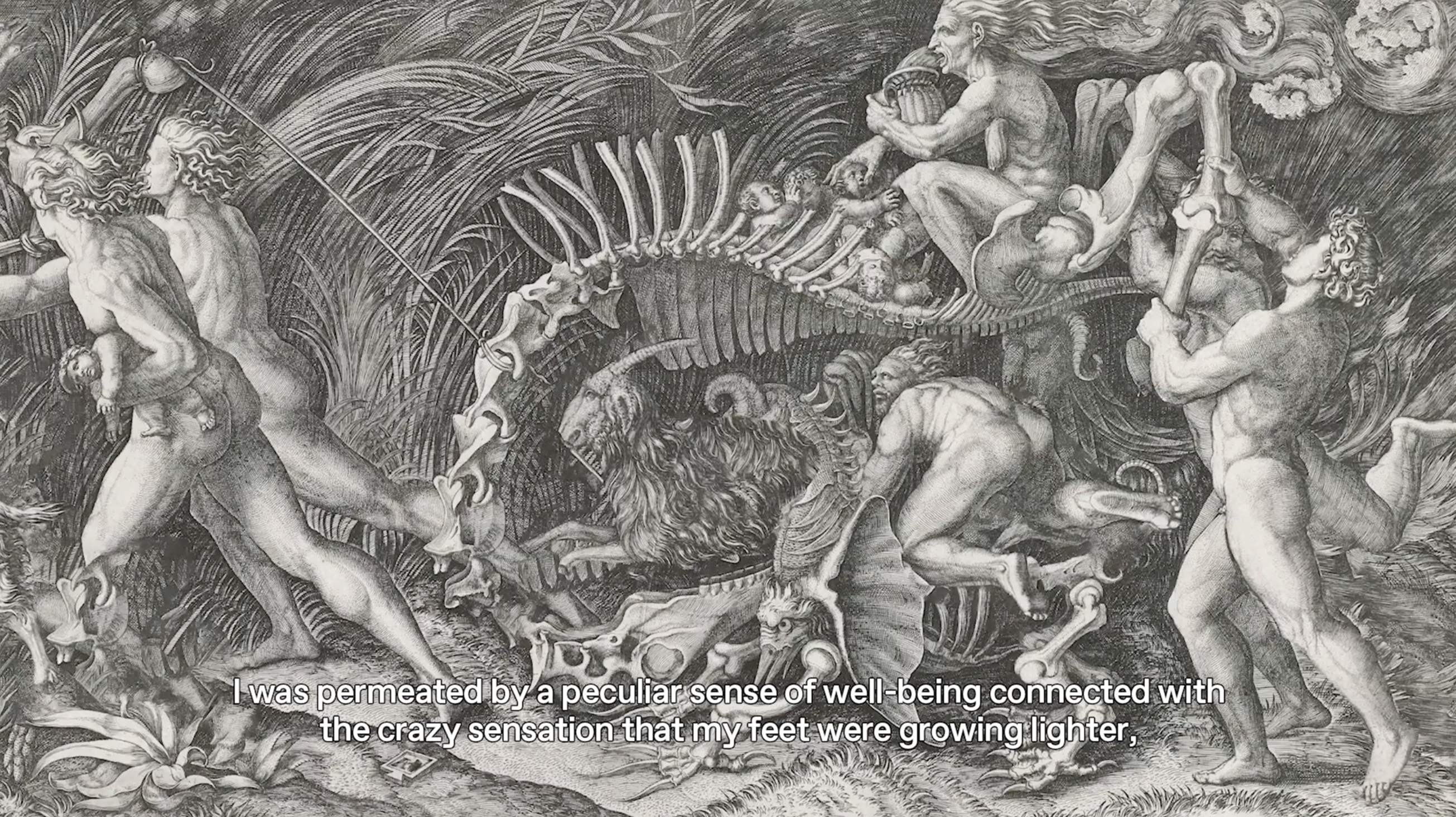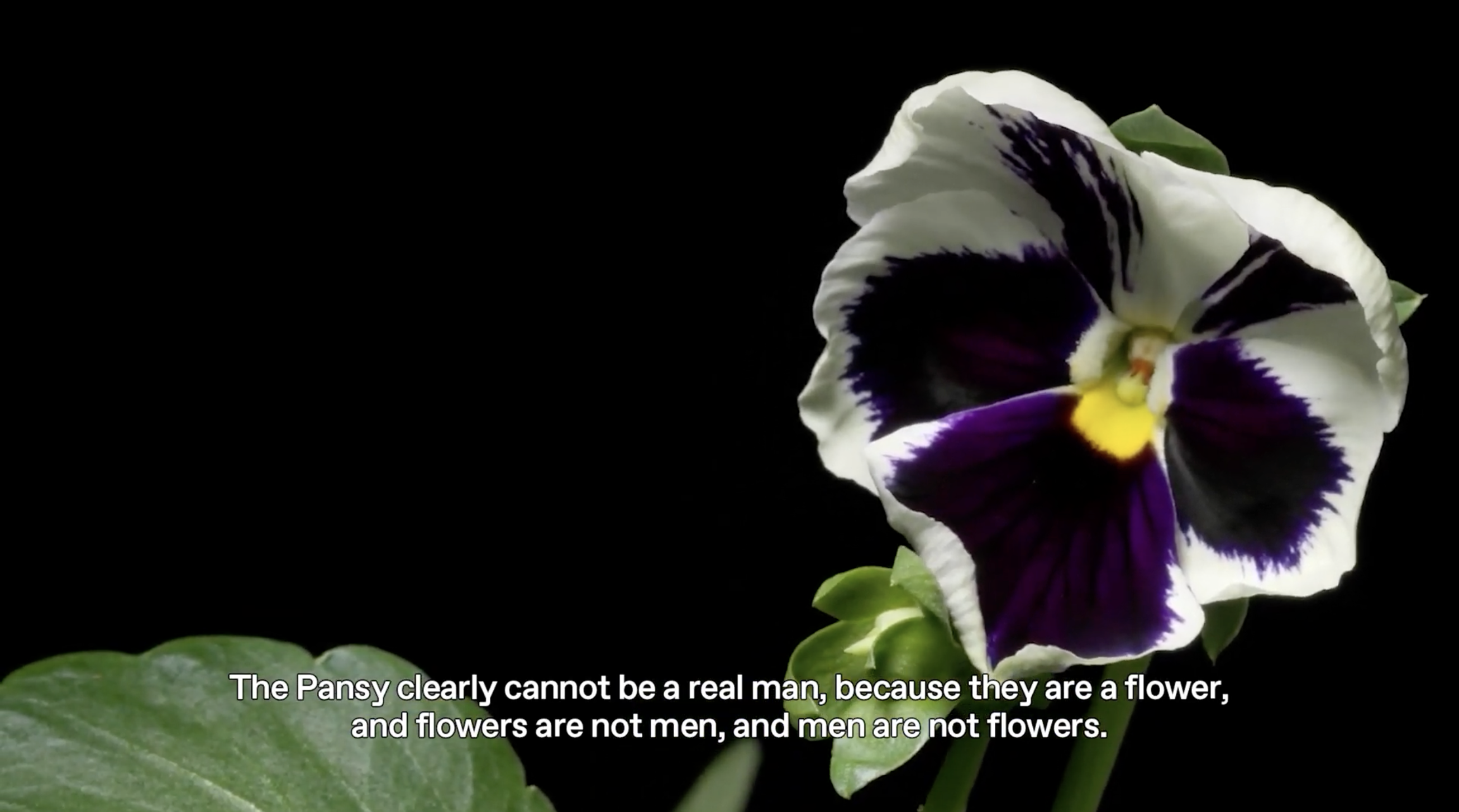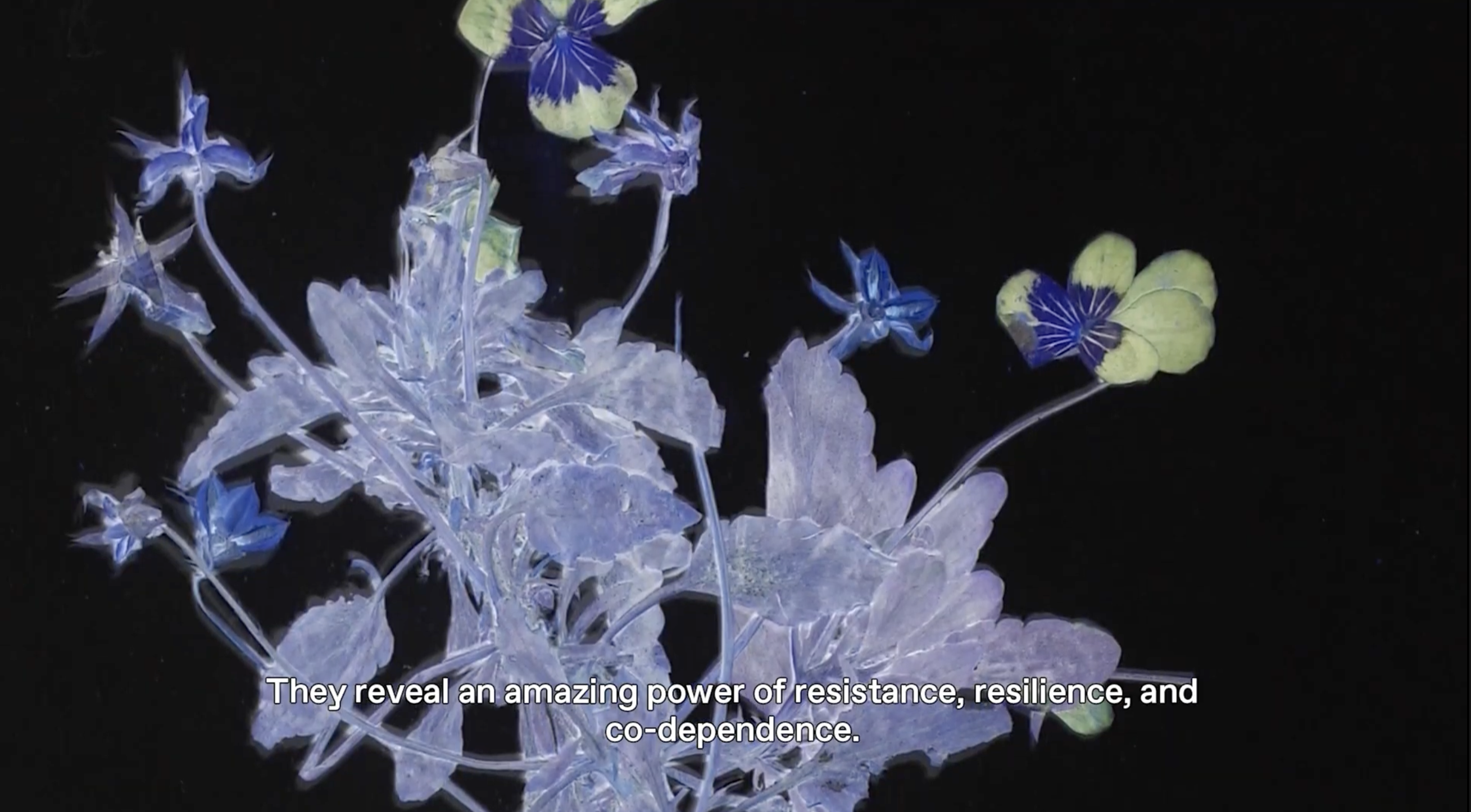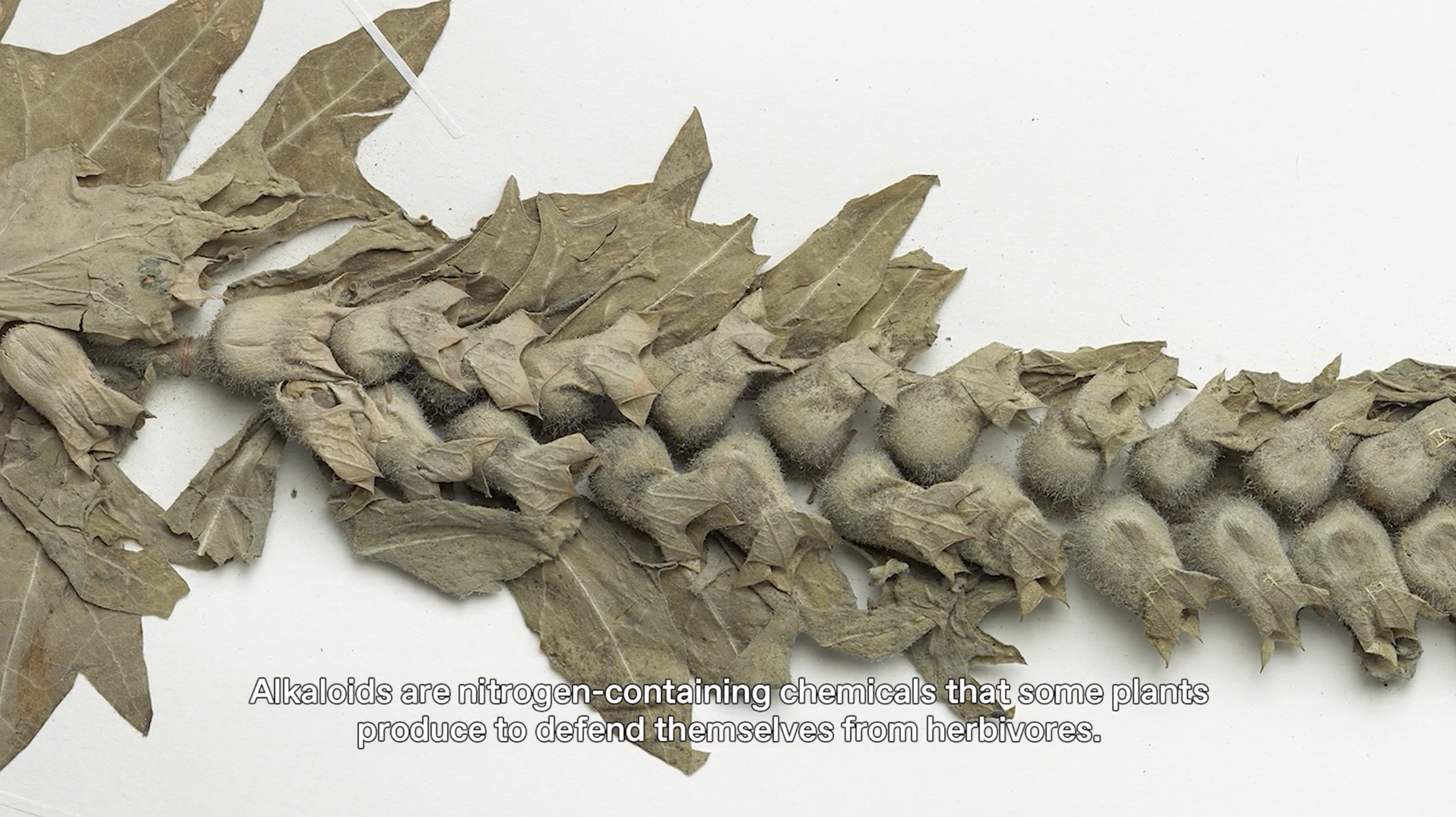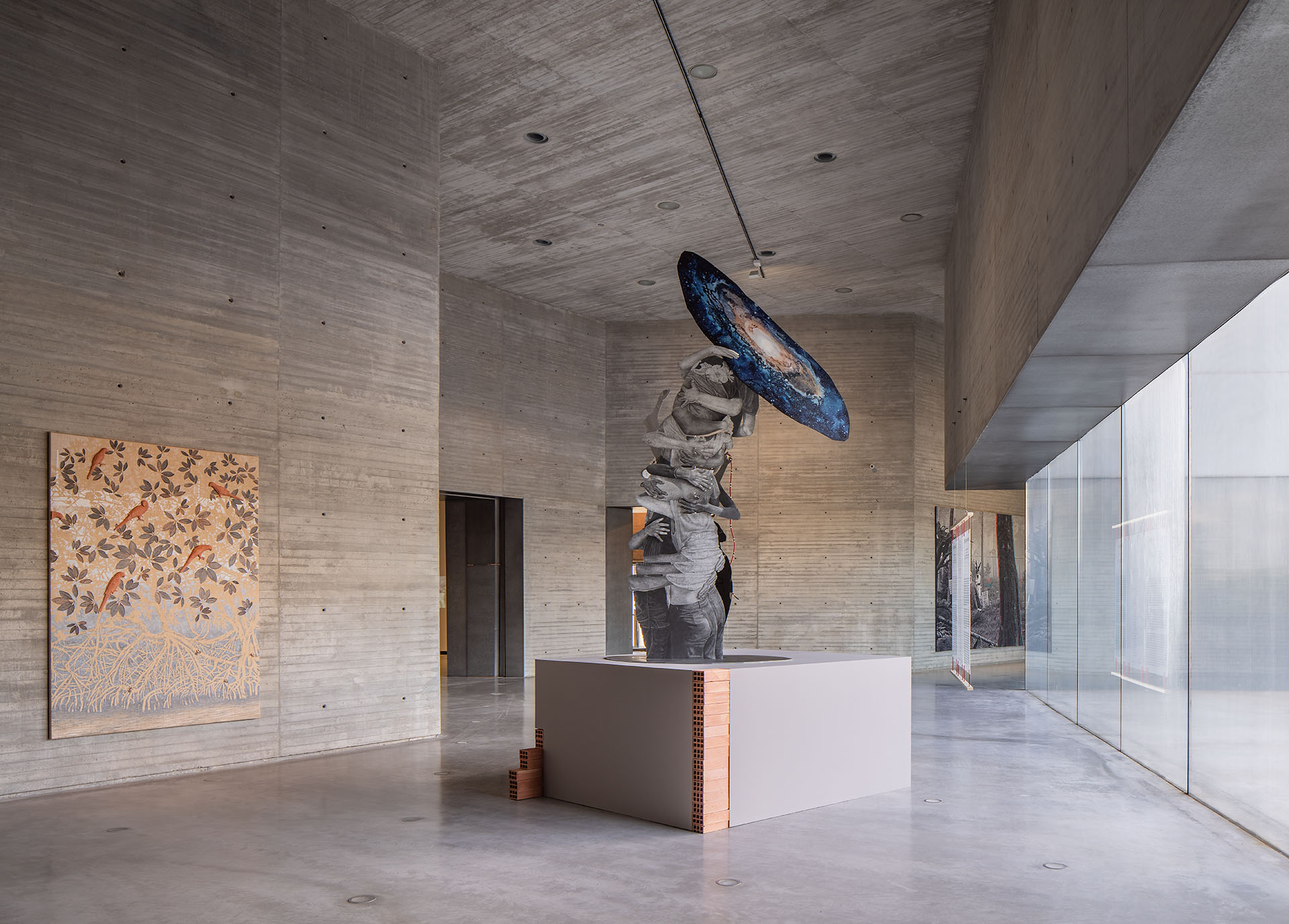METAPHYSICS OF MIXTURE: NOTES ON POSTNATURAL GARDENING
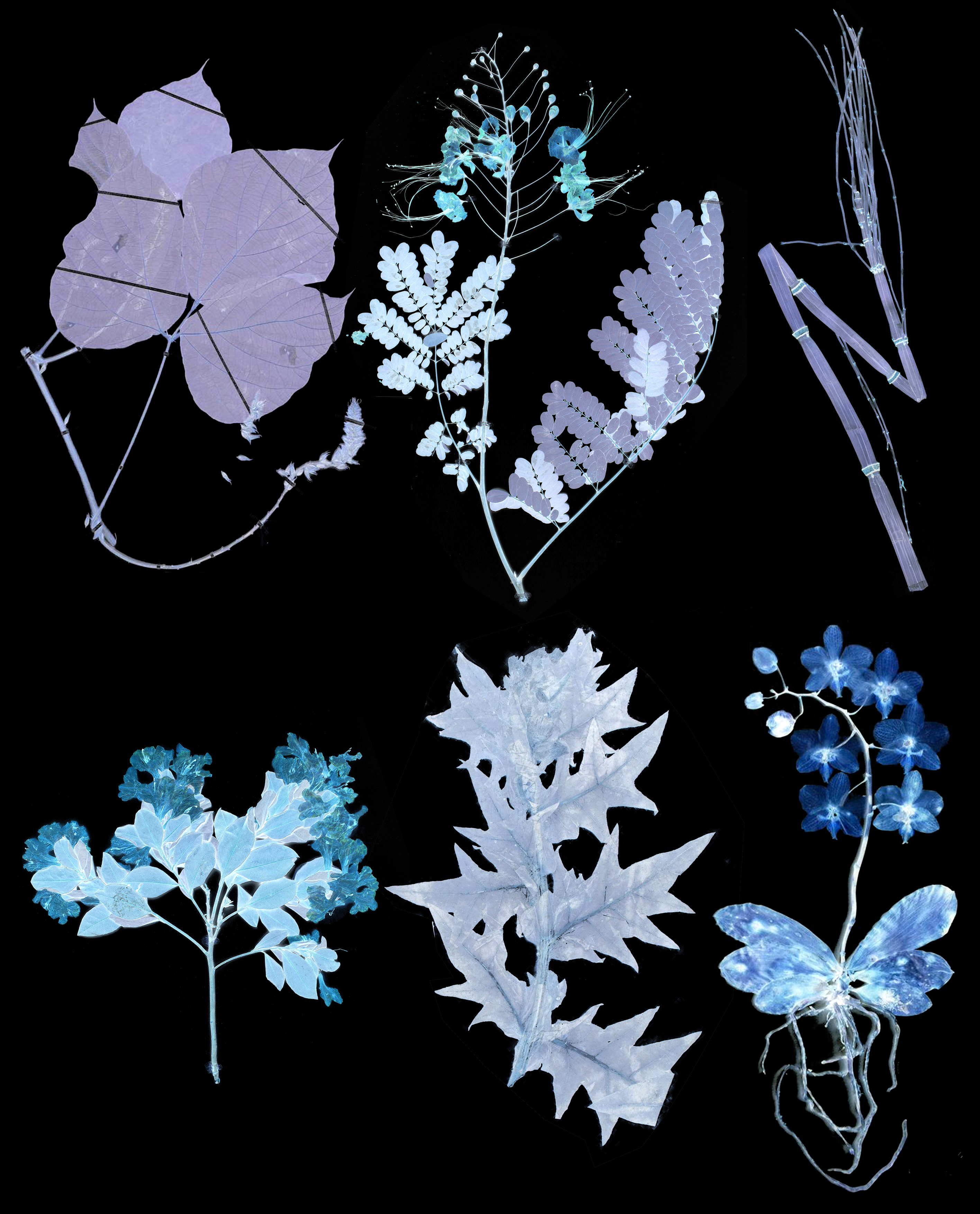
GENERAL INFO
- LOCATION
-
Bordering Plants Exhibition, Akademie der Bildenden Künste, Wien
- DATE
-
ONGOING
- Curated by
-
Carmen Lael Hines, Adam Hudec, Roberto Majano
- Typology
-
Video Full HD, Ongoing Research
The history of the vegetal world is the history of humanity. Botany is its ally, capturing its stories and flattening its narratives through an anthropocentric perspective. But plants do not belong to any garden. Neither do their forms nor their journeys belong to the history of science. Nor do they belong to the world: they are the world and world makers. From their roots to the tips of their stems, they show indifference towards humans, the cultures of their peoples, the alternation of their kingdoms, their wars, and their eras. Their flowers and leaves are mirrors. They seem to grow with the desire to merge with the earth. Their petals mimic the shapes around them, like the sharpness of a bird's beak, or the fold-like currents of wind, playing with the soil's tones while absorbing the solar dust that excites their veins.
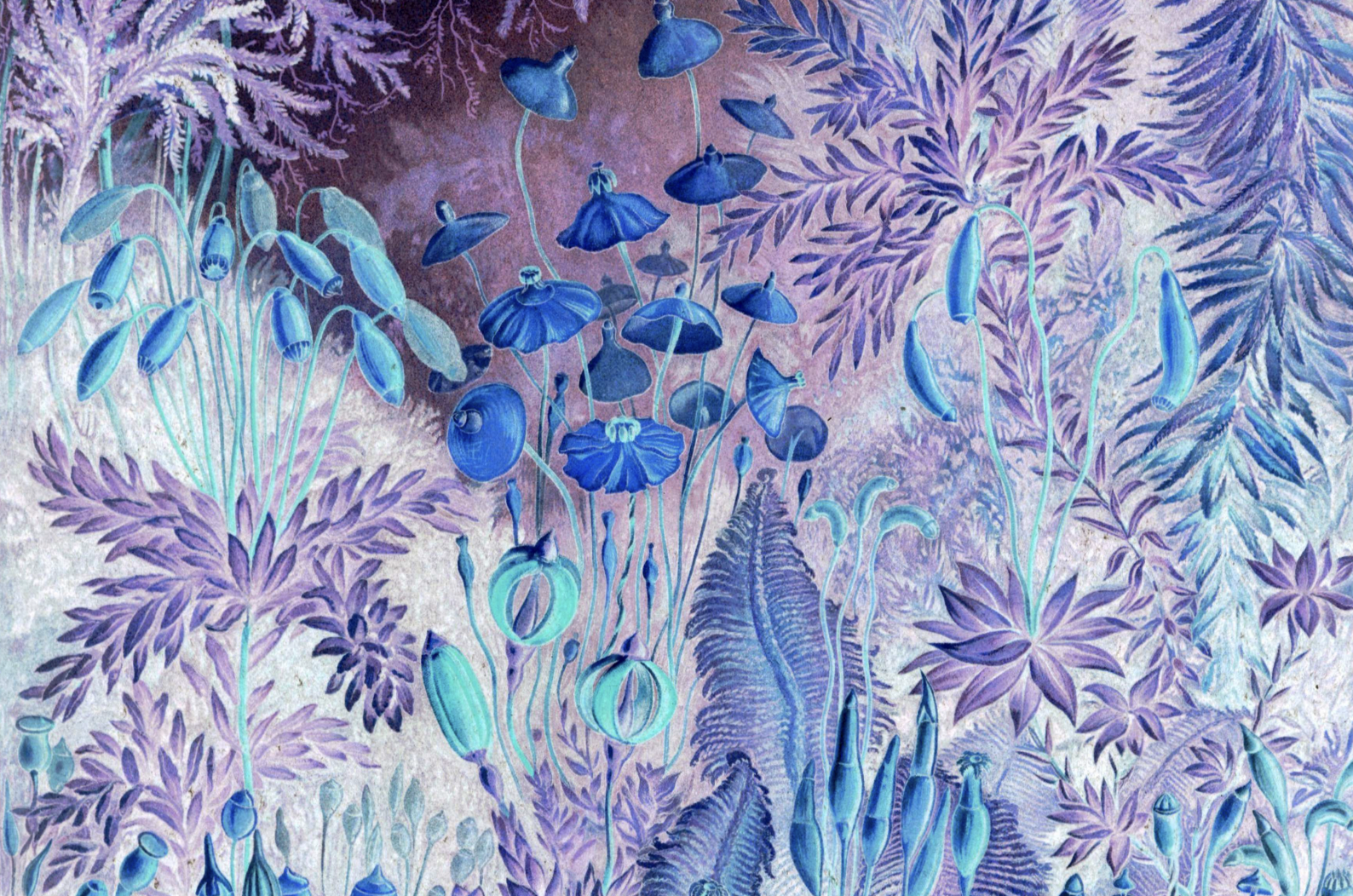
There are no invasive species. There are no bad weeds or toxic nectars. If there are plants that become drugs for humans, the more-than-human world vibrates in hallucinogenic reveries. Poison is not the substance but the dose. Plants are ancient migrants, strange beings, with cellular bodies. Their forms display the infinite ecologies of the living and the sentient. They are dark and opaque, and their branches form the neurological network of the universe. They connect the fertile soil with the sunlight and are home to insects, magical potions, and countless stories of resistance.
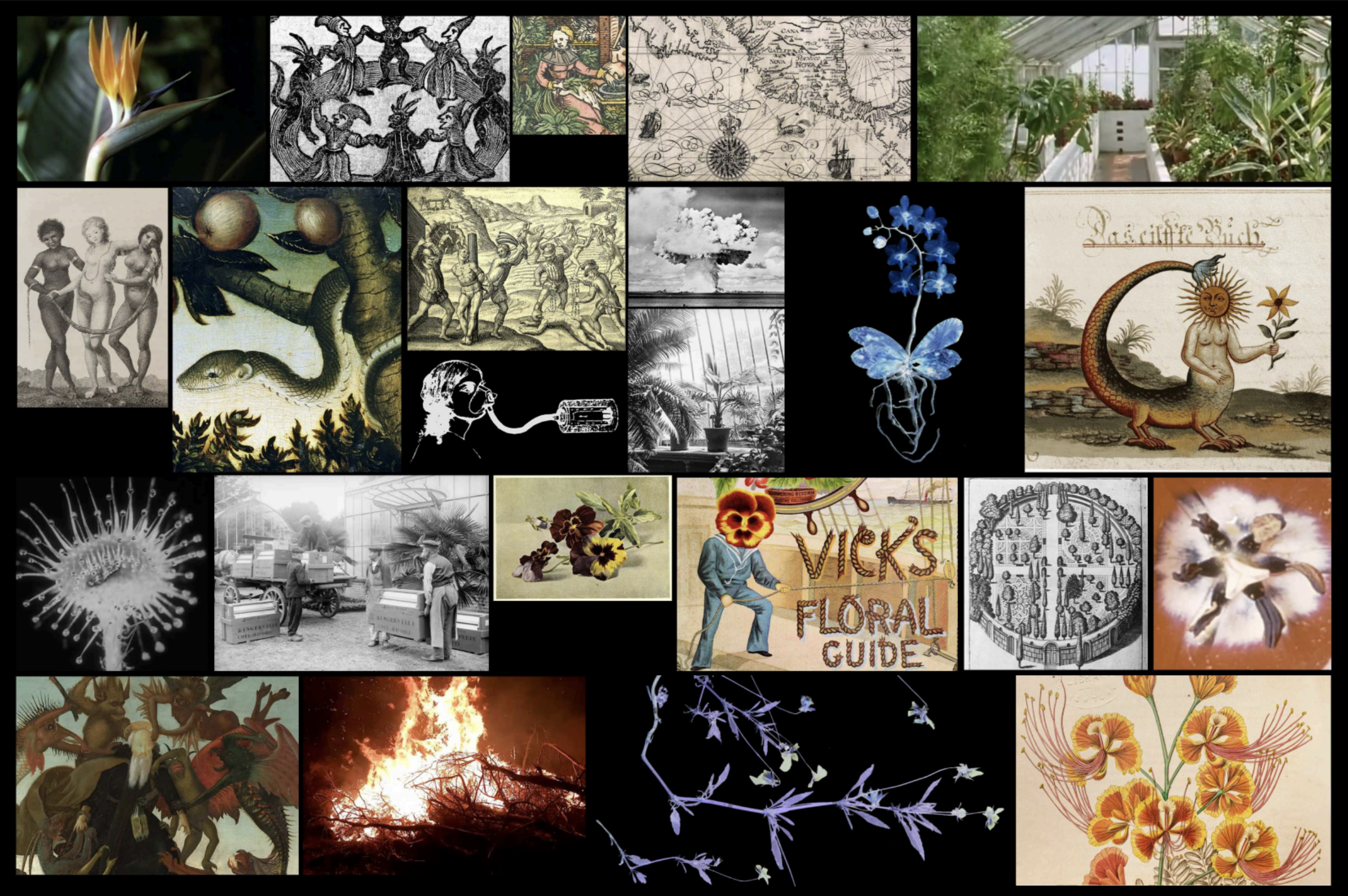
Metaphysics of Mixture: Notes on postnatural gardening narrates, through six different species, hidden stories and tales that blur the relationships between culture and nature. From the mantles of green leaves that cover an entire country to the hallucinations and the possessions of the devil, from more-than-human alliances to witchcraft and migrations, from ballrooms and dance rituals to colonial violence and power structures, it invokes plants as allies, as living archives of the earth.
STILLS FROM VIDEO
CREDITS
- SCRIPT AND RESEARCH
-
Gabriel Alonso, Yuri Tuma, Lorenzo Zerbini
- VIDEO EDITING AND SOUND DESIGN
-
Lorenzo Zerbini
- Exhibition Design
-
Bilal Alame, Joanna Zabielska
